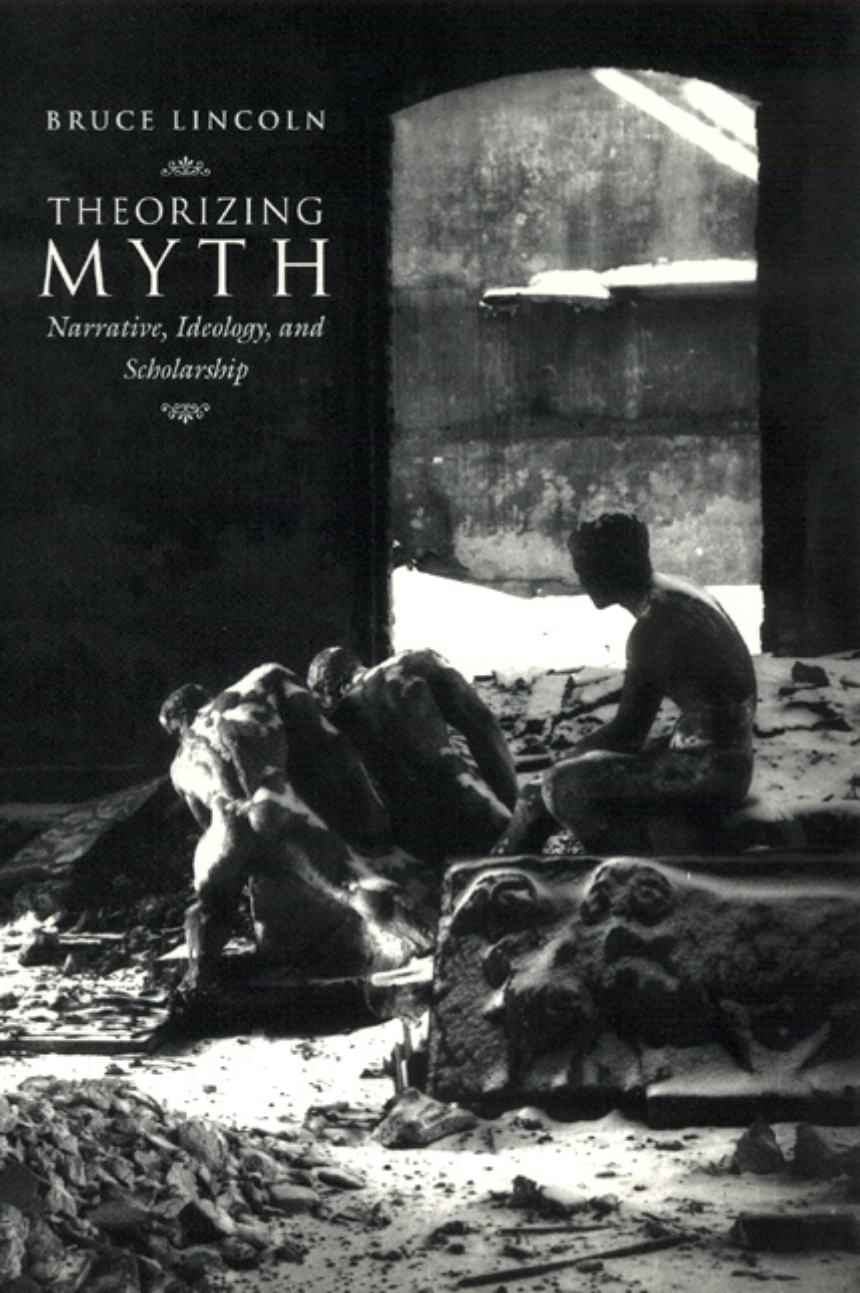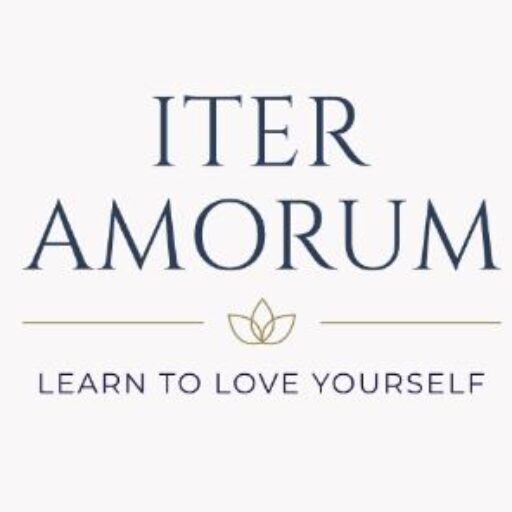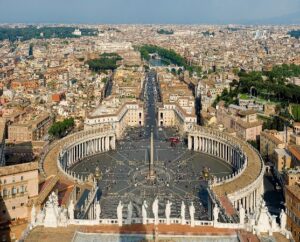Published on September 27, 2024
INTRODUCTION AND OBJECTIVE
 Mythos and logos A short periplus into Bruce Lincoln’s book Theorizing Myth | Abstract Mythos defined humanity and its developments over the eras, giving meaning to actions and thoughts and creating a common space for cultures. In this paper, we will do a brief look at Bruce Lincoln’s book Theorizing Myth trying to capture most of its main ideas and methods of working. Nicoleta Spiridon Historical and anthropological perspectives on religion |
There are few courageous people who ever tried to present a fact from the perspective of its evolutionary development offering to their readers a vast and somehow complete, at a specific point in time, history that has the ambition to be an exhaustive, academic, and documented picture of that reality.
This is the case of Bruce Lincoln who through his book Theorizing Myth: Narrative, Ideology, and Scholarship has the temerity to develop a presentation of the mythos and logos from the dawn of humanity until the present day creating a panoply of methods, ways and facts that derived from the use of these concepts that marked mankind as it is.
The main purpose of this essay is to reveal the central ideas of Bruce Lincoln’s book considering his academic background and the historical context that generated the apparition of this work.
RESULTS
Bruce Lincoln, Professor Emeritus of the History of Religion at the University of Chicago where he obtained his PhD. under the supervision of Mircea Eliade, is a central figure of the present regarding the study of religion, being quoted and reviewed by many scholars that became interested in his findings.
His book Theorizing Myth: Narrative, Ideology, and Scholarship follows in some way the manner which Georges Dumézil used in his vast work Mythe et épopée (three volumes, Gallimard, Paris, 1968–1973) creating a real chronicle of how myths and logos have crossed spaces and time.
The first part of Lincoln’s book has a relevant title Mythos among the Greeks focusing on the concepts of mythos and logos from a linguistic and philological perspective that begins with the presentation of Hesiod’s work Theogony that approached the idea of mankind’s ages.
Talking about the Homeric poems Iliad and Odyssey, Bruce Lincoln stipulates the idea that logoi – the communication used to describe reality – are the weapons of the weak and of women (Lincoln, 1999, p. 27) while mythos is used in the discourse of the powerful ones and men, thus the meaning and the use of these two words are ambiguous (Lincoln, 1999, p. 18), being surpassed by the concept of poetry whose inspiration is from the divine.
The question that arises is if poets use logos or mythos or both and what value can be attached to these concepts (Lincoln, 1999, p. 33), although Plato banished the poets from his utopian Republic, the fact that will wait many centuries for a solution.
The second section of Bruce Lincoln’s book A Modern History of Myth is focused on how the category of myth was recuperated at the end of the eighteenth century within the discourse, starting with the recovery of ancient text during the Renaissance (Lincoln, 1999, p. 47), a process that made possible the apparition of Tacitus work Germania and many others that began the idea that a state can create its national identity based on legends and stories.
A very important moment in the explanation of mythos and logos is the lecture of Sir William Jones, the English Orientalist, who launched the Aryan theory about Indo-European languages that functioned as a foundation for the romantic German nationalists who used language and literature to motivate the concept of national identity (Lincoln, 1999, p. 55).
These ideas were starting points in the late development of the Anti-Semitic movement that is observable in Wagner’s music and in Nietzsche’s works. The antithetic pairs that Nietzsche list in his book The Birth of Tragedy out of the Spirit of Music (1872) state undoubtedly “Prometheus – Eve; Greece – Israel; Aryan – Semite” (Lincoln, 1999, p. 65).
This is the moment to point out that Bruce Lincoln, himself of Jewish ancestry, was the student of Mircea Eliade, who, true or inventions, was accused of being a Nazi sympathizer while in Bucharest in his youth, and despite this fact, Lincoln maintains an equidistant attitude towards his teacher.
There is one fact that cannot be overlooked one that Lincoln does not elude to highlight the idea that the study of myths concurred with the directions that were assimilated by the German Nazi Party as a stratagem of building the national identity and of motivating the Aryan theory of the German state (Lincoln, 1999, p. 75) culminating with the Nietzsche’s idea called “The Blonde Beast” – which is the epitome of Aryan features that entitle someone to categorize himself as being part of the noble people (Lincoln, 1999, pp. 101-105).
The third part of Bruce Lincoln’s book called New Directions is dedicated to modern times of myths study marked by the presence of the French historian Georges Dumézil to whom Lincoln is devoted, as well to Mircea Eliade and Claude Lévi-Strauss.
Lincoln mentions the Scandinavian myth Gautrek’s Saga which strengthens the idea that Lincoln has a great erudition that gives him the freedom to present a wide range of facts supporting the study of myths as part of the ideology, continuing with the Persian and Zoroastrian mythology (Lincoln, 1999, p. 187)
Another mention is the figure of Ioan Petru Culianu (one of Lincoln’s colleagues while in university).
To sustain that myths have a deep connection with the concept of ideology, Lincoln states that Indian Pandits used to play ancient stories just to satirize British colonists.
The Epilogue, which is the last part of Bruce Lincoln’s book, has introduced a new idea that scholarship can be seen as myths that make use of the footnotes to convince the reader, but, in essence, erudition is a form of ideology
Isn’t scholarship just another instance of ideology in narrative form? Don’t scholars tell stories to recalibrate a pecking order, putting themselves, their favorite theories, and their favorite people on top?
(Lincoln, 1999, p. 207)
DISCUSSION / SUMMARY
Although an example of erudition, Bruce Lincoln’s book Theorizing Myth: Narrative, Ideology, and Scholarship does not focus on a specific idea trying to demonstrate it with precision and accuracy, but on presenting on a broad scale how myths constructed ideologies and how scholarship fell itself under this concept.
BIBLIOGRAPHY
Lincoln, B. (1999) Theorizing Myth: Narrative, Ideology, and Scholarship. Chicago: The University of Chicago Press.
Wikipedia contributors (2021) Bruce Lincoln, Wikipedia, The Free Encyclopedia. Available at: https://en.wikipedia.org/w/index.php?title=Bruce_Lincoln&oldid=1032021565.



